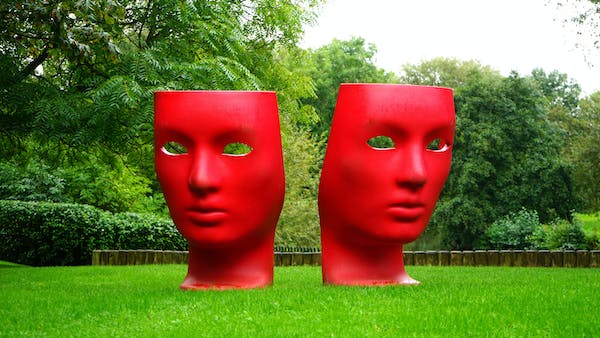
22 Jun NEW INNOVATIONS, FUTURE TRENDS IN ARTS AND ENTERTAINMENT UNVEILED
Arts, entertainment, and recreation provide a wonderful and treasured means for creative expression, social bonding, and personal fulfillment. But in a high-tech and increasingly culturally-changing era, these spaces are also continuously evolving and paving the way for exciting new developments and opportunities… as well as facing a new and novel range of potential hiccups. Rather than focus on the hurdles and challenges before certain institutions though, we wanted to touch on the opportunities that they may be able to capitalize on going forward.
To start with, the rise of virtual reality (VR) and augmented reality (AR) technologies has opened up new realms of possibility for the future of arts and entertainment. By immersing users in simulated environments or overlaying digital content onto the physical world, these advancements are transforming the way audiences interact with and experience artistic and recreational content. In the world of fine arts, for instance, VR and AR can be used to create virtual galleries and museums, allowing users to explore art collections from the comfort of their homes. This not only enhances accessibility but also fosters a deeper appreciation and understanding of art by offering immersive experiences and interactive learning opportunities.
Similarly, in entertainment, offerings like VR and AR are being utilized to create increasingly engaging and immersive experiences. From interactive theater productions to virtual concerts and movie screenings, these technologies are blurring the lines between reality and fiction, offering audiences the chance to become active participants in the stories they consume.
Of course, the gamification of recreation is also on the upswing in the world of entertainment as well. By incorporating elements of play, competition, and reward systems into traditional recreational activities, gamification seeks to enhance motivation, engagement, and enjoyment.
For instance, fitness apps and wearables that track progress and reward users with points, badges, or social recognition are making exercise more engaging and enjoyable. Similarly, escape rooms and immersive adventure experiences that combine physical challenges with puzzle-solving and storytelling elements are offering innovative and interactive alternatives to traditional recreational activities.
User-generated content (UGC) has likewise emerged as a powerful force in arts and entertainment, with platforms like YouTube, TikTok, and Twitch enabling everyday people to showcase their talents and creativity. As the barriers to entry in the creative industries continue to fall, UGC is likely to play an even more significant role in the future, with creators and consumers collaborating to produce and curate diverse and engaging content.
The growing popularity of NFTs (non-fungible tokens) also holds the potential to revolutionize the way artists and creators monetize their work, offering a new level of ownership and control over digital art and content.



